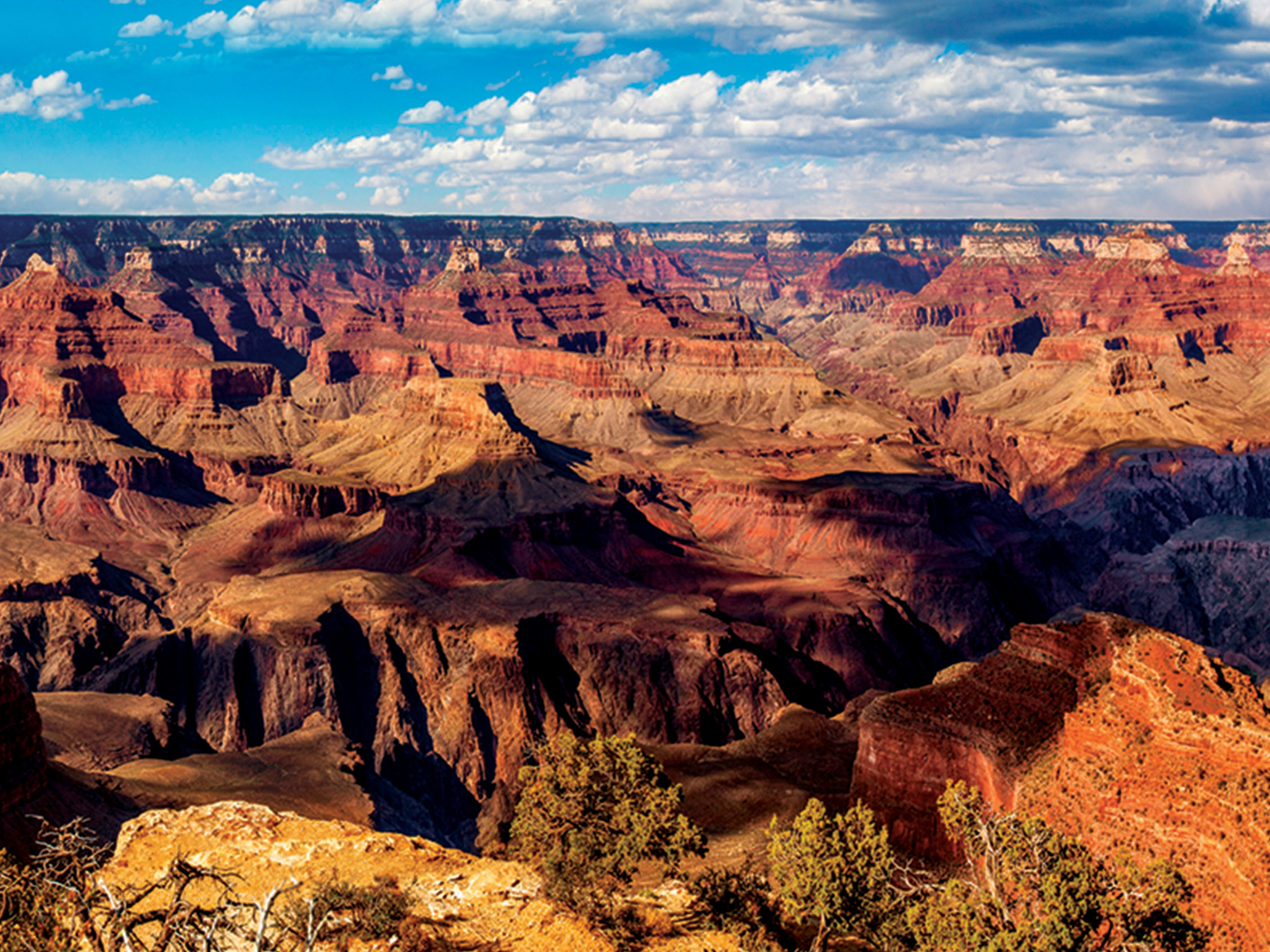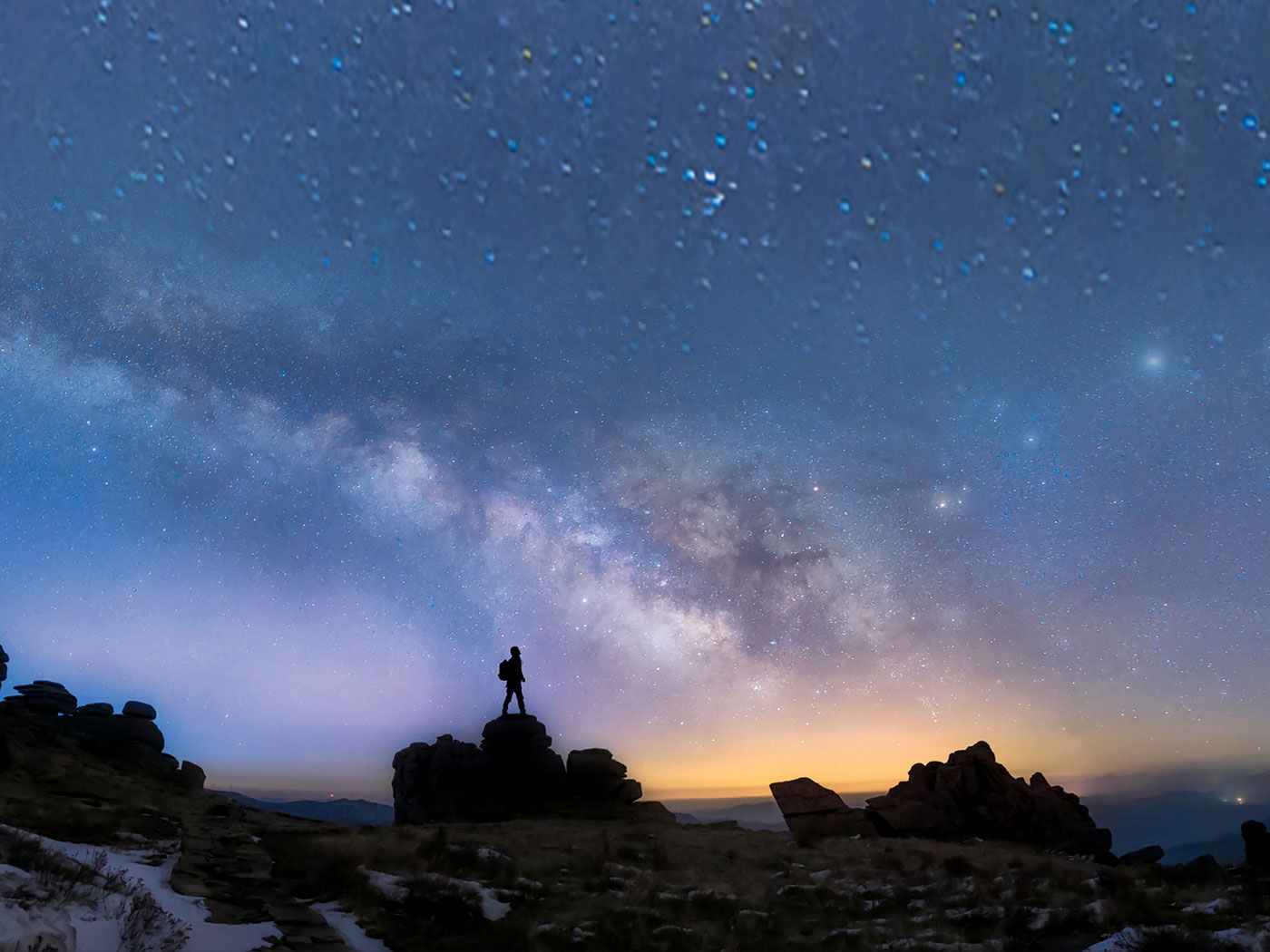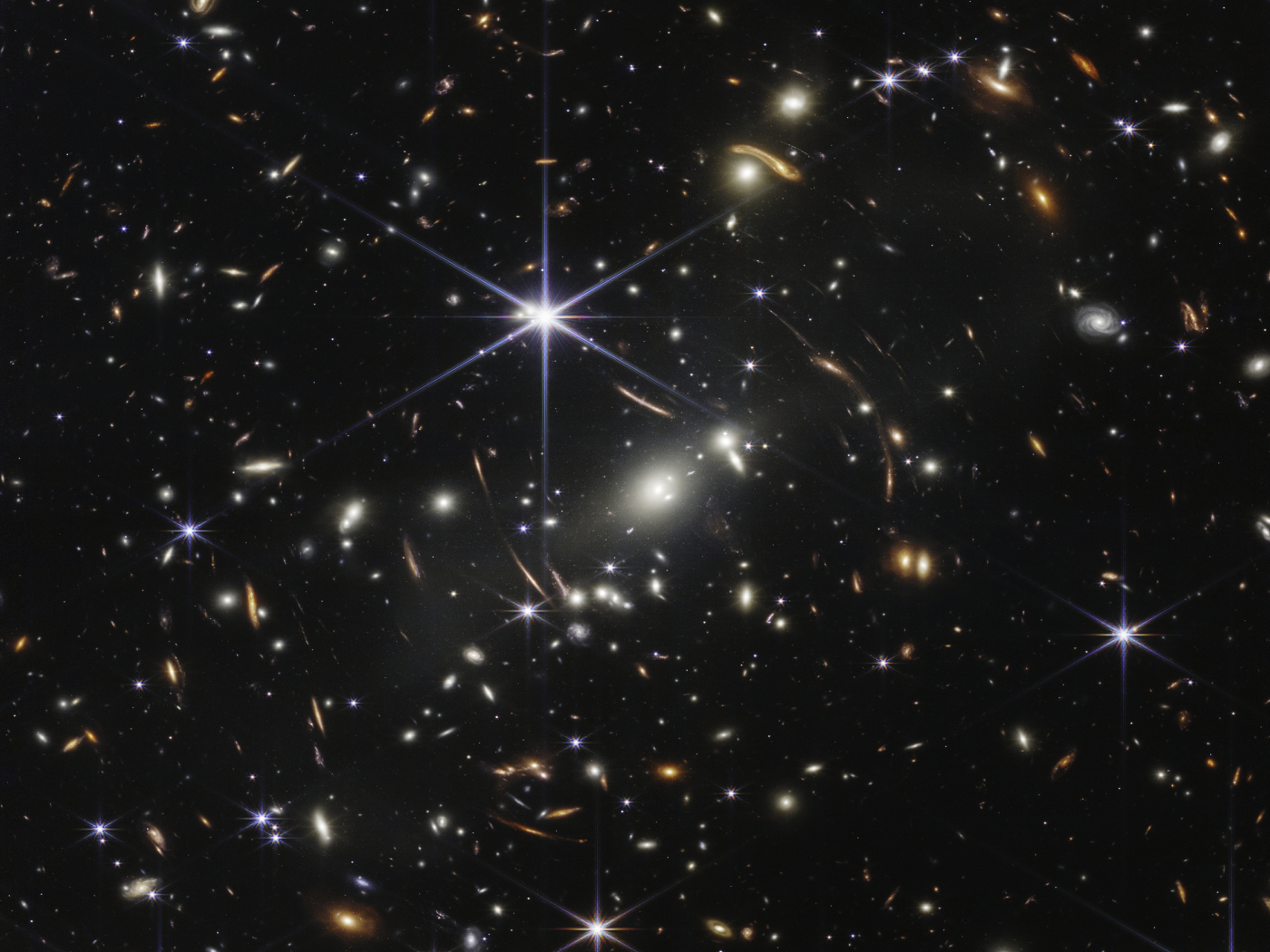“It is he that sitteth upon the circle of the earth, and the inhabitants thereof are as grasshoppers; that stretcheth out the heavens as a curtain, and spreadeth them out as a tent to dwell in.” (Isaiah 40:22)
The discovery that the world is round is considered one of man’s greatest scientific achievements, often wrongly attributed to Christopher Columbus. Columbus was, indeed, a courageous thinker and explorer, as well as a Bible-believing Christian, but many scholars had long before so concluded, and many people had already migrated to the New World.
As far as the sphericity of the earth is concerned, the “flat-earth” myth of the Middle Ages was not the belief of many scholars of antiquity. The Bible, in particular, never hints of a drop-off point at the earth’s edge or any such notion as that. Its few references to “the four corners” of the earth (e.g., Isaiah 11:12) literally mean “the four quarters of the earth”—that is, the four quadrants of the compass.
In our text for the day, the word for “circle” is translated “compass” in Proverbs 8:27: “[God] set a compass upon the face of the depth” (same as “deep,” referring to the ocean). Other occurrences are in Job 26:10: “He hath compassed the waters with bounds, until the day and night come to an end,” and Job 22:14: “[God] walketh in the circuit of heaven.” All of these passages are best understood in terms of a spherical earth, with its basic shape at sea level determined by its ocean surface as controlled by gravity. The Hebrew word itself (khug) basically means a circle. Any vertical cross-section through the earth’s center is a “great circle,” of course, with any “straight” line on the ocean surface actually representing an arc of such a circle.
This is only one of many “pre-scientific” insights of the Bible written by divine inspiration long before the rise of modern science. HMM





















